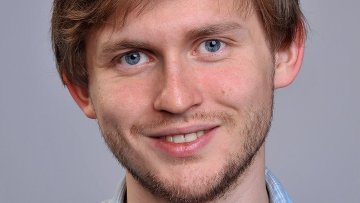For a prime number p, we will consider completed group algebras, or Iwasawa algebras, of the form kG, for G a complete p-valued group of finite rank, k a field of characteristic p. Classifying the ideal structure of Iwasawa algebras has been an ongoing project within non-commutative algebra and representation theory, and we will discuss ideas related to this topic based on previous work and try to extend it. An important concept in studying ideals of group algebras is the notion of controlling ideals, where we say a closed subgroup H of G controls a right ideal I of kG if I is generated by a subset of kH. It was proved by Konstantin Ardakov in 2012 that for G nilpotent, every faithful prime ideal of kG is controlled by the centre of G, and it follows that the prime spectrum of kG can be realised as the disjoint union of commutative strata. I am hoping to extend this to a more general case, perhaps to when G is solvable. A key step in the proof is to consider a faithful prime ideal P in kG, and an automorphism of G, trivial mod centre, that fixes P. By considering the Mahler expansion of the automorphism, and approximating the coefficients, we can examine sequences of bounded k-linear functions of kG, and study their convergence. If we find that they converge to an appropriate quantized divided power, we can find proper open subgroups of G that control P. I have extended this notion to larger classes of automorphisms, not necessarily trivial mod centre, using which this proof can be replicated, and in some cases extended to when G is abelian-by-procyclic. I will give some examples, for G with small rank, for which these ideas yield results.


